Plot: Mercy for None
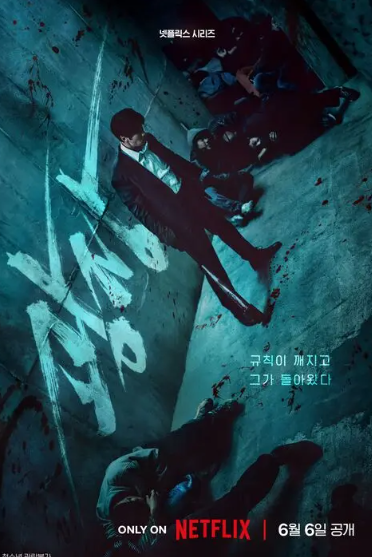
South Korea has captivated the world with its romantic dramas and the sound of K-pop. Yet Mercy for None reveals another side of the country, a darker one: the world of criminal factions.
The project originated from the webtoon Plaza Wars by Oh Se-hyung and Kim Kyun-tae, and was adapted for television by Choi Sung-eun and Yoo Ki-seong, who also wrote the screenplay. The series stars So Ji-seob as Nam Gi-joon, a former gangster, alongside Huh Joon-ho and Gong Myoung, who round out the main cast.
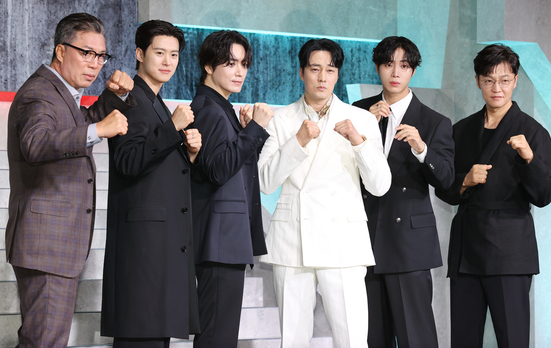
The story follows Nam Gi-joon (So Ji-sub), a former gangster who, years earlier, was brutally punished for breaking a truce between rival gangs. The incident drove him away from the criminal world as he tried to protect his younger brother and preserve what was left of his family. Eleven years later, the mysterious death of his brother pulls him back into the underworld he once swore to leave behind.
Each episode draws Gi-joon deeper into a world of unstable alliances where loyalty shifts with convenience. The narrative focuses on his pursuit of the truth and his personal quest for revenge.

With seven episodes of under fifty minutes each, the series condenses revenge, pain, and action into a gripping thriller. Mercy for None has received strong praise. On Rotten Tomatoes, it holds an 88% approval rating, while IMDb lists a score of 7.5. Viewers highlight the atmosphere, stylized cinematography, and intense action scenes, though some found the early episodes confusing and others criticized moments of gratuitous violence.
Diving into the Underworld
To understand Gi-joon’s world, we need to take a closer look at the Korean mafia.
When we talk about the Korean mafia, or jopok, we are talking about history, politics, and urban violence. These groups did not appear overnight; they evolved throughout the 20th century, mirroring Korea’s own social and political changes.
During the Japanese occupation from 1910 to 1945, the first violent groups began to take shape. They were local organizations that emerged both to resist and to confront the yakuza (Japanese mafia), which sought to expand its influence into Korea.
By the 1950s and 1960s, gangs had spread through neighborhoods and cities, often operating in collusion with local politicians. Organized crime became not only a matter of street survival but also a means of exercising power. It was not surprising that military governments repeatedly launched “crackdowns” to dismantle these organizations, resulting in an ongoing cycle of alliances and betrayals between the state and the criminal underworld.
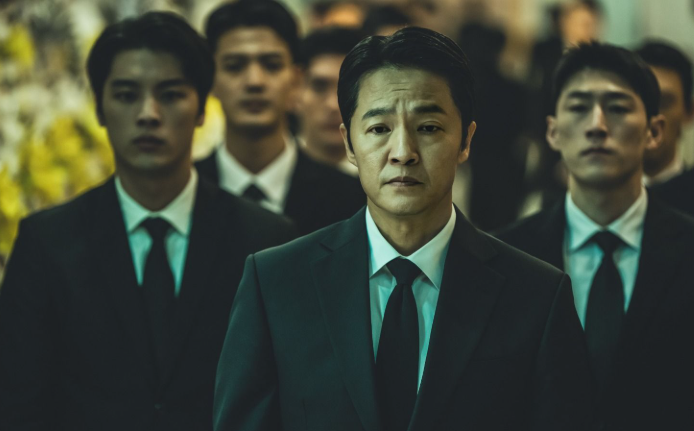
From the 1990s onward, the landscape changed drastically. The government strengthened laws, making participation in criminal organizations a crime in itself, regardless of specific acts. This reduced the gangs’ visibility on the streets but did not eliminate their influence. Instead, it pushed them to evolve, creating front companies, infiltrating the entertainment industry, engaging in loan sharking, and, more recently, turning to digital crime.
The evolution of the Korean mafia has been one of constant adaptation. Once characterized by street fights with baseball bats in dark alleys, today’s criminal activity takes on a much more subtle form.
Between 2023 and 2025, organized crime in South Korea became more discreet, sophisticated, and dangerous. These groups now operate through shell companies, real estate ventures, nightclubs, online gambling, and loan sharking networks. However, it is in the digital world that they have truly expanded, engaging in large-scale financial fraud, cryptocurrency scams, and fake investment schemes. Many even run international cells, creating a global web of cybercrime.
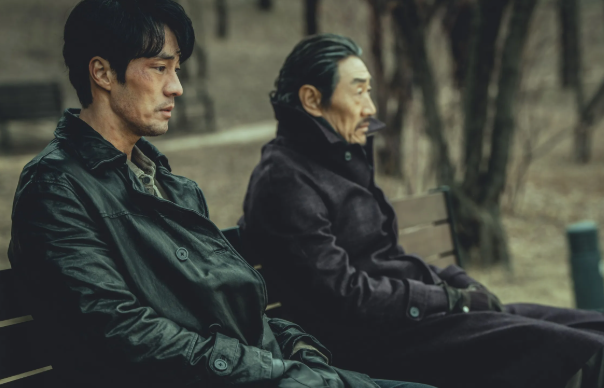
The government’s response has been equally aggressive. The Korean National Police report increasingly frequent nationwide operations in an effort to curb crimes that evolve as fast as authorities can react.
One of the most alarming trends is the merging of drug trafficking and digital fraud. In 2024, for example, authorities arrested 27 people involved in a voice-phishing operation that also acted as a drug distribution network. Organized crime has diversified and modernized its sources of profit, blending multiple illegal markets.
The social impact has been profound. Ordinary citizens have become prime targets, especially the elderly, youth, and immigrants, who often fall victim to investment or romance scams. Losses reach hundreds of billions of won every six months, prompting the government to strengthen 24-hour fraud hotlines. Even so, there is a growing sense that cybercrime is advancing faster than the law can adapt.
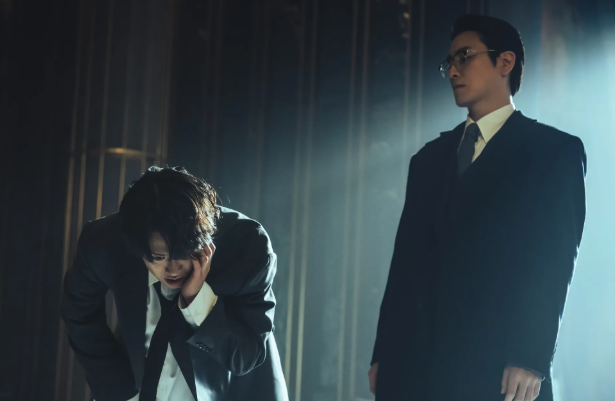
This contrast has also created a cultural divide. While dramas and films about jopok often romanticize the gangster lifestyle, the real world hides behind screens filled with digital scams and financial deception. The glamor of fiction does not reflect the despair of a family that lost everything to a con.
Another growing issue within this ecosystem is gender-based digital crime. The public debate over deepfakes and online sexual offenses has reached both the streets and the Korean parliament, fueling demands for harsher legislation. These crimes are part of the same digital underworld where criminal networks exploit social and technological vulnerabilities.
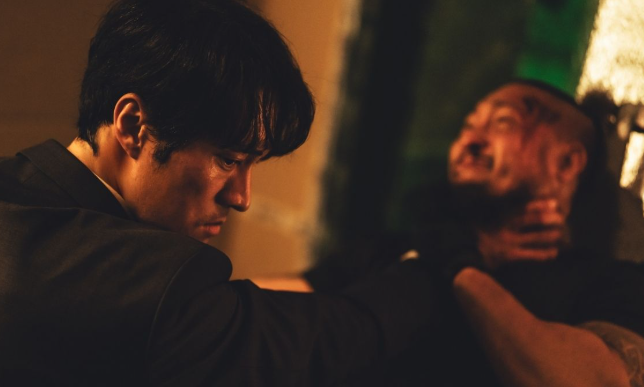
Ultimately, today’s portrait of the Korean mafia is that of an invisible enemy. There are fewer street fights and more fingers on keyboards. This transformation requires not only new enforcement strategies but also a broader change in how Korean society navigates digital life, now overshadowed by mistrust.
When stories about the Korean mafia appear in works like Mercy for None, they captivate audiences because they expose decades of silence, fear, and corruption, along with the hidden ties between criminals and those in power that continue to shape the country’s darker reality.
The Rot of Power
Dark, gripping, and disturbingly believable, in Mercy for None, the mastermind behind the chaos isn’t a gangster but a sitting prosecutor.
Lee Geum-son uses the authority of the State as his disguise to pursue his ambitions. He manipulates investigations, pushes rival factions into war, and seeks to claim Seoul’s criminal underworld; not through merit, but through calculated political maneuvering.
This narrative choice is far from random.
Organized crime in Korea doesn’t just lurk in the shadows; it finds cracks within the very walls of justice.

This corrupt prosecutor mirrors reality and the immense power held by South Korea’s Prosecution Service, which has long been at the center of public debate over abuse of authority and the need for reform. For decades, prosecutors have enjoyed sweeping privileges, such as directing investigations and exercising authority over the police. This has fueled growing public pressure for change following corruption scandals and accusations of political interference. Recent reports and analyses underscore the urgency of reform, the ongoing power struggle between agencies, and the resulting erosion of public trust in government institutions.
The series delves into this contradiction between organized crime and state power. On one side are powerful corporations and younger gangs that mix violence with digital fraud. On the other is the public perception that once power becomes corrupt, justice turns selective.
Mercy for None places the State itself at the heart of the conspiracy. When the prosecutor opens the door, the underworld no longer needs to break it down.
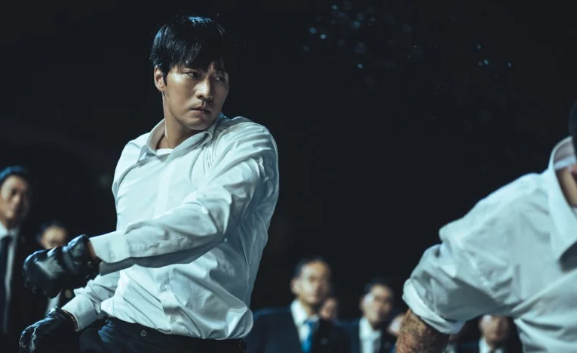
Strengths and Weaknesses
When it comes to strengths, Mercy for None stands out most for its atmosphere. The cinematography uses cold tones and claustrophobic environments to intensify the psychological tension of each scene, immersing viewers in a menacing underworld. The same visual care extends to the action sequences, which are raw, intense, and impressively realistic; something genre fans will appreciate.
At the center of it all is Nam Gi-joon, a protagonist who defies simple categorization. He isn’t a flawless hero or a lost villain, but a deeply wounded survivor navigating his moral conflicts and emotional scars.
The show also benefits from its tight pacing. With only seven episodes, there’s no filler, and the tension remains constant through layers of betrayal, secrecy, and fractured loyalty.
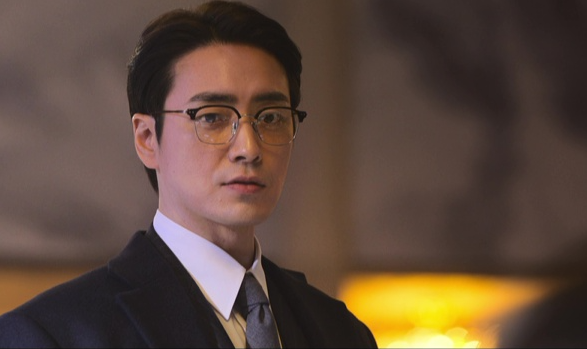
However, not everything holds up equally well. Some secondary characters are introduced with apparent importance but vanish too soon, without enough development to make their choices meaningful. The pacing, while consistent, occasionally feels rushed, revealing key twists that could have been built up with more care. The relentlessly dark tone, without moments of relief, might also exhaust some viewers.
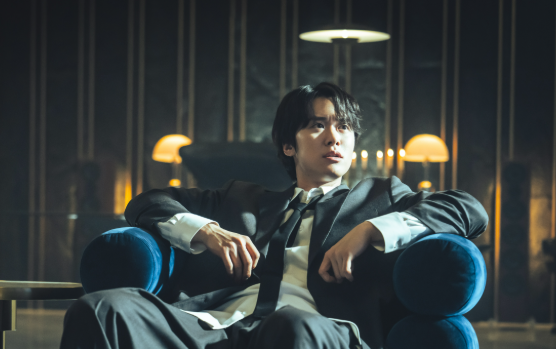
The show’s greatest strength lies in how it reflects real-world dynamics. Though Mercy for None isn’t a documentary, its portrayal of factions, betrayals, and power hierarchies mirrors the structure of the real Korean mafia. While organized crime in modern Korea has largely shifted toward digital fraud and corporate fronts, the series captures the essence of power struggles and violence that shaped the past.
Mercy for None may not be flawless, but it’s bold and necessary. By favoring raw brutality over romanticized spectacle, it delivers a rare, unfiltered view of South Korea: harsh, relentless, and without mercy.
Is It Worth Watching?
The answer is yes, provided you enjoy the genre. Mercy for None offers no humor or romance, so don’t expect any. Still, I’ll admit my bias... it’s become one of my favorite Korean action series.
It evokes the energy of John Wick, reimagined through a Korean lens. Imperfect yet daring, it feels refreshingly distinct from the standard fare that dominates streaming platforms.
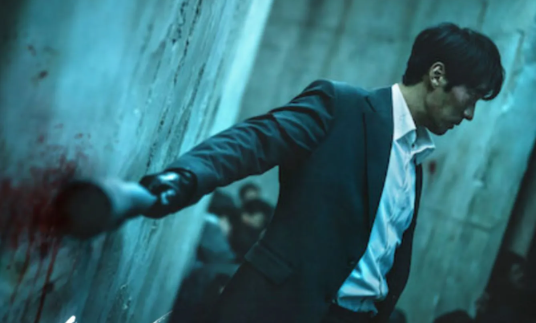
It’s well worth watching for anyone curious about another side of Korea portrayed in fiction: less romance, more brutal honesty, and a sobering reflection of reality.
So, after exploring this world of blood and vengeance, has Mercy for None piqued your interest? Could this darker vision of Korea, so different from the romantic dramas that usually top the charts, win you over?
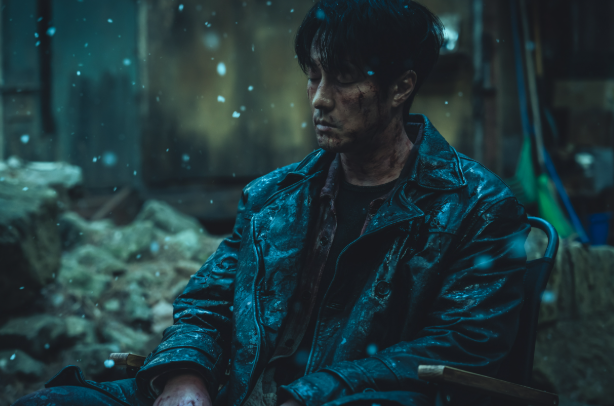












— Comments 0
, Reactions 1
Be the first to comment